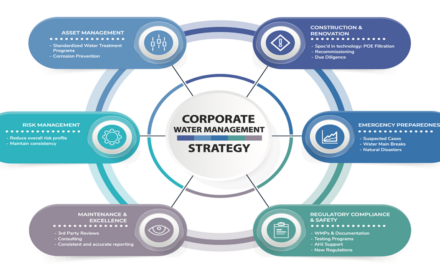Current unit turnover processes make it difficult for Senior Living organizations to apply standards in data collection, evaluate spend decisions and identify cost-savings opportunities. Having effective technology and processes to implement it in place will help to make resident room and apartment turnovers efficient and cost-effective from start to finish.
Research and implement a unit turnover software solution
Operators and key stakeholders in the buildings can navigate and control the process better through property management software with unit turnover functionality, such as TELS® Unit Turns. The benefits are numerous, both from a corporate office process viewpoint as well as through the implementation at the building level.
Corporate operators gain control and visibility
- See real-time data, notes and images providing immediate visibility into the decisions being made in the field.
- Analyze existing processes, improve standards, and track spend to create cost savings.
- Customize templates to specific rooms and for specific scenarios, such as a unit with possible exposure to COVID-19 that requires additional disinfection.
Building users gain tools to improve decision-making and communication
- Repairs and expenses are well documented, tracked and housed
- Maintenance teams can make better repair-or-replace decisions and executive directors can break down unit turnover expenses.
- Better communication between maintenance and sales teams and executive director results in clear expectations and shorter vacancy windows.
Create a change management plan to implement the solution
Once you’ve decided on a property management software solution with unit turnover functionality, ensure you have a change management plan in place to ensure smooth and successful implementation.
1. Identify stakeholders
- Create a list of everyone at your organization that should be involved in the planning, decision making, or implementation of unit turnover.
- From the highest level, identify the person that will own the unit turnover program (if using TELS, this person would be designated as a Power User).
- Identify the team that will align and create the templates that will be used to create unit turnover standards. These templates will take the form of checklists for buildings in your organization to use each time they complete the Unit Turns process.
- List out the major roles that will be working within the software, who will need to be notified of the program start, finish, and milestones, and those who will need instructions and training (maintenance personnel, regional directors, marketing, etc.)
2. Determine objectives and action items
Set clear objectives, goals and expectations up front for everyone involved in the transition. Once you’ve identified your objectives (e.g. reduce vacancy windows by 1 week on average), list out the goals that will need to be completed in order to meet them, as well as the timelines for completing these tasks.
For example:
- All facilities in your organization transition to property management software like TELS Unit Turns by a set date.
- Standardize the unit turnover program by instituting checklists for all facilities to use.
- Reduce carpet expenses/spend by requiring all carpet replacements include a picture to allow analysis by your teams.
Create additional action items to touch base on progress and keep the project moving forward. Include meeting dates, target dates and deadlines in this list. These additional action items could include:
- Create the team that will be standardizing the unit turnover process with checklists by room type or care and ask your designated TELS Power User to configure the checklists in TELS Unit Turns and align on a completion date.
- Set target dates for communications to be sent so that maintenance teams can ramp up before launch.
- Send messaging to internal teams to assign a date that unit turnover functionality will be turned on, and when they can begin using the tools.
3. Create a timeline
- Review your list of action items and be sure to highlight any which need to be completed in a certain order, such as those that can’t begin until a previous action item is done.
- Create benchmarks when appropriate so that you can track intermittent progress up to your deadline date for each goal.
- Ensure that each stakeholder has an understanding of the action items, expectations and timelines that will affect them, and enough time to seek necessary feedback and or training as they begin on these action items.
4. Implement a communication plan
A communication plan should list out any communications associated with the unit turnover project and elements that should be included in the messaging. Start with high-level messaging to leadership that notes the objectives, action items and timeline of the project.
Plans to communicate to the maintenance teams should include:
- An explanation of the upcoming change to start using a unit turnover software solution.
- The reasons for the change and benefits they will see.
- Start date, training materials and instructions on how to use the tools.
Make sure to plan for communications after launching the unit turnover software to share how well the transition went and highlight some of the initial benefits teams are seeing.
TELS offers a complete solution
Control your resident room and apartment turnover process, reduce costs and save valuable time with TELS Unit Turns. Part of the complete TELS property management software solution, the easy-to-use module centralizes the process and delivers customized checklists, best practices, notifications, cost information and more wherever you work best – at your desk or on the go.
Not a TELS customer? Learn more or request a free demo today!



